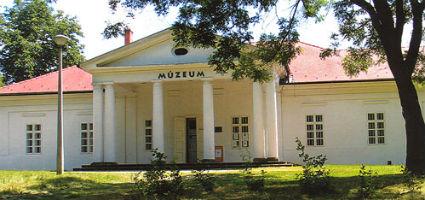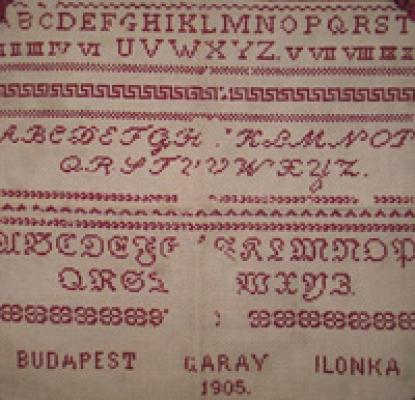2024. May 20. Monday
Pál Kiss Museum - Tiszafüred
 |
Address: 5350, Tiszafüred Tariczky sétány 6.
Phone number: (59) 352-106
E-mail: kisspalmuz@gmail.com
Opening hours: Tue-Sat 9-12, 13-17
|
The exhibition has closed for visitors.
2007.02.01. - 2007.02.28.
Museum tickets, service costs:
|
Ticket for adults
|
500 HUF
|
/ capita
|
|
Group ticket for adults
(min. 10 people)
|
150 HUF
|
/ capita
|
|
Ticket for students
|
250 HUF
|
/ capita
|
|
Ticket for pensioners
|
250 HUF
|
/ capita
|
|
Ticket for families
(2 adults + max. 3 children)
|
750 HUF
|
/ family
|
|
Program ticket
|
300 HUF
|
/ capita
|
|
Season ticket
|
1000 HUF
|
|
|
Group guide
(max. 40 people)
|
2000 HUF
|
/ group
|
|
Photography
|
1000 HUF
|
|
|
Video
|
1000 HUF
|
The earliest fancy work we own is from the era of Saint Stephen. The wife of the king, Queen Gizella also participated in its making. Girls learned to do fancy work at court, at convent and in the household of noble families. The servants who passed on the patterns to the community were also involved in the work.

From the 16th century, printed patterns books were used. The sample kerchief is the textile which the patterns were copied on.
Weaving was another important task of he girls to learn, besides sewing and embroidery. Schools also held fancy work classes. The collection of techniques and patterns was the school sample kerchief.
Maria Teresa introduced sewing, embroidery and weaving to orphanages in the 18th century. It became an obligatory subject in civic high schools from 1868, in the public schools from 1905. The girls kept the high standard works. They often transmitted them to their descendants. Now the museum shows a few of these in the framework of the 'Artwork of the Month' series.
The kerchiefs shown have varied patterns and letters embroidered on. They are often very colorful. One sample kerchief is a white embroidery made with varied technique. This pieces is also show how the embroidery was mended.
The earliest sample kerchief owned by the museum is from 1878, the latest piece is from 1922. We also show a sample crochet made in 1926.
Dr. Füvessy Anikó

From the 16th century, printed patterns books were used. The sample kerchief is the textile which the patterns were copied on.
Weaving was another important task of he girls to learn, besides sewing and embroidery. Schools also held fancy work classes. The collection of techniques and patterns was the school sample kerchief.
Maria Teresa introduced sewing, embroidery and weaving to orphanages in the 18th century. It became an obligatory subject in civic high schools from 1868, in the public schools from 1905. The girls kept the high standard works. They often transmitted them to their descendants. Now the museum shows a few of these in the framework of the 'Artwork of the Month' series.
The kerchiefs shown have varied patterns and letters embroidered on. They are often very colorful. One sample kerchief is a white embroidery made with varied technique. This pieces is also show how the embroidery was mended.
The earliest sample kerchief owned by the museum is from 1878, the latest piece is from 1922. We also show a sample crochet made in 1926.
Dr. Füvessy Anikó
